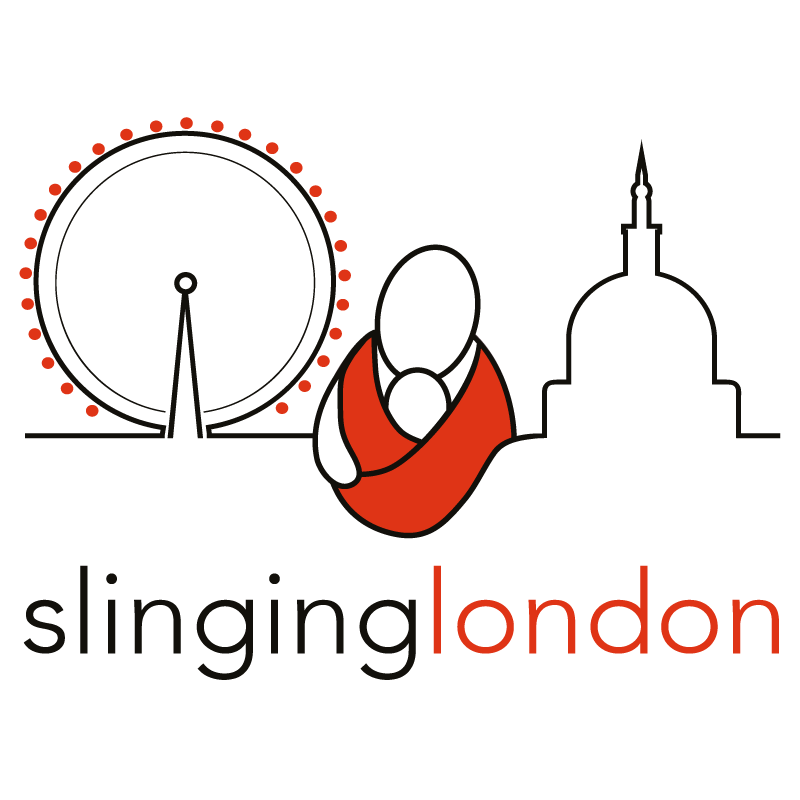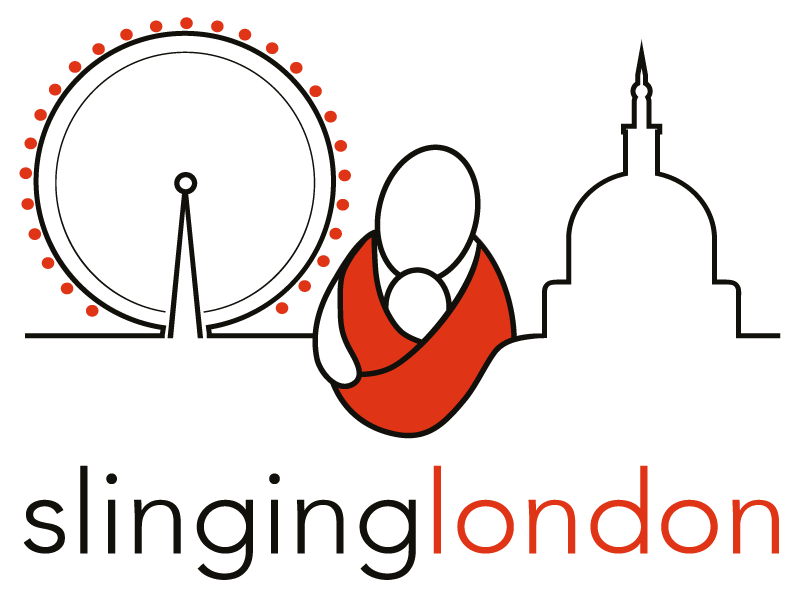Raising children can be a difficult and challenging time for all parents. Adding the complication of a child with special needs can make it feel impossible.
There is such a variety of conditions that may impact on a child’s health and well being that it is impossible to suggest slings will be appropriate in any and all situations. We as sling consultants are not medically trained and we strongly recommend that any sling use is discussed with the child’s medical team to ensure there are no factors that may impact on safety. However we do believe that slings can be of use in many areas and we are always willing to look for a solution that will be safe and comfortable for both child and sling user. Some examples of situations where a sling can make a difference to the whole family:
- Sight impaired children can begin to learn about the world through closeness to their parents and being able to read their faces and expressions by touch.
- Hearing impaired children will find lip reading far easier when they are at face level in a sling.
- Many conditions where physical limitations require wheelchairs or walking aids could be supplemented by sling use, even if it is just for short periods of time around the house, or maybe transferring into cars or other transport where wheelchairs are difficult to manoeuvre
- Medical visits or hospital stays are often part and parcel of raising children with additional needs. A sling could be an important way of helping the child to feel safe and secure during long waits and possibly painful procedures, as well as allowing the parent to give support through many hours without wearing out their arms.
- It can also be a valuable bonding aid for the parents. Some children may have had difficult starts in life with early hospitalisation and separation from their parents, and the medical attention they require can make the parents feel less important and involved in the care of their child. Using a sling to keep the child close will help to increase the confidence of the parent in their ability to provide love and care to their child and strengthen their bond.
real life examples

Who?
Mel, UK
Mum to M, aged 3.5 and A, aged 2

When did you start using slings & why?
I started using slings when my youngest was 6 weeks old which was just under 2 years ago as I had a constantly feeding newborn and an inquisitive 18month old – Madi was actually 20 months when she first went in the sling – which is probably very late compared to other babies.
How has using a sling generally benefitted you and your child/ren?
Madi has typical autistic meltdowns when she has sensory overload, going anywhere with her can be hardwork from simply going into town to events as a family due to crowds and noise but slings are our salvation as we put her ear defenders on and stick her into her sling on our back and she calms down instantly.
Can you tell us one specific occasion in which using a sling had a positive impact in your daily life?
Slings in general has had a positive impact in our lives and it’s something we have both become very passionate about as its not just a way to carry our children but some days the only way we can go out as a family. When Madi has sensory overload she needs to get to a quite place and the sling offers all that while we’re out and about and most importantly we know she is safe while we are looking after our other children, the day we actually discovered that, it was def our eureka moment.
What one piece of wisdom would you pass onto other parents of disabled children who may be considering using slings?
No matter what age your baby/toddler is try it out and don’t be embarrassed – Madi was 20 months when she went in a sling for the first time and now she is a very large 3nhalf year old and brings the sling to us when she wants up.
